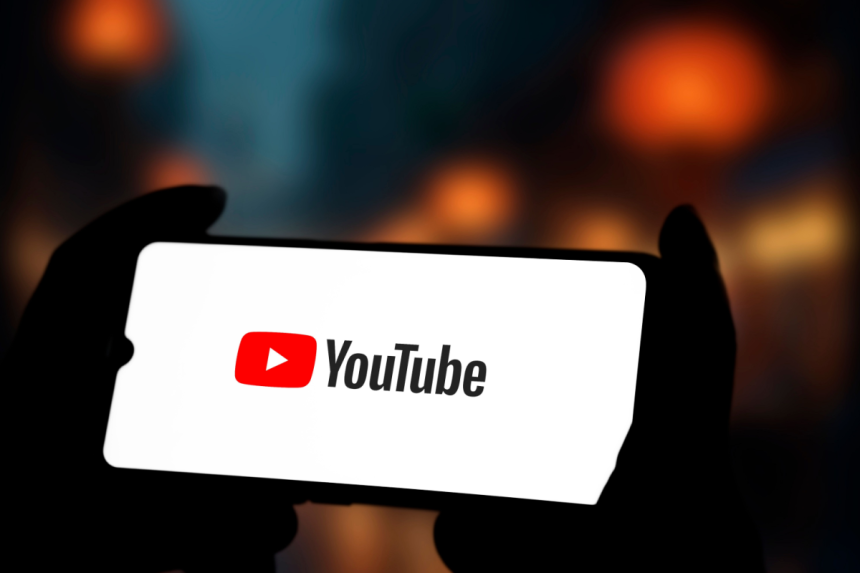AI-Powered Age Estimation
YouTube announced plans to roll out a new AI-based age-estimation technology designed to identify users under 18 and provide additional safeguards. According to James Beser, YouTube’s director of product management, the system analyzes viewing habits, video categories, and account history — regardless of the date of birth entered by the user — to infer age. The goal is to reduce exposure to potentially harmful content for young audiences.
How the System Works
If a user is flagged as underage, YouTube will automatically disable personalized advertising, restrict repeated viewing of certain types of videos, and block access to age-restricted content. Users who are incorrectly identified can appeal the decision by uploading an official ID. “We will only allow users who have been inferred or verified as over 18 to view age-restricted content,” the company explained in a blog post.
YouTube’s Teen Audience
The move reflects YouTube’s dominant role among teenagers. A Pew survey found that 90% of U.S. teens aged 13 to 17 use YouTube, far higher than TikTok’s 63%. CEO Neal Mohan first outlined the age-detection plans in February, positioning it as an extension of existing safeguards like supervised accounts. These features allow parents to monitor their children’s activity more closely while still granting access to the platform’s vast content library.
Balancing Safety and Expression
The rollout comes as YouTube continues to grapple with the balance between safety and free expression. While the company has long used AI to detect and remove harmful content, its policies have shifted since President Trump’s second term, with greater emphasis on protecting speech. Even so, the platform insists the new age-detection system is essential to shielding teens from content not suited for them. Initial testing will begin with a limited group of U.S. users before expanding more widely, with the company noting that the tool is already in place in certain international markets.






